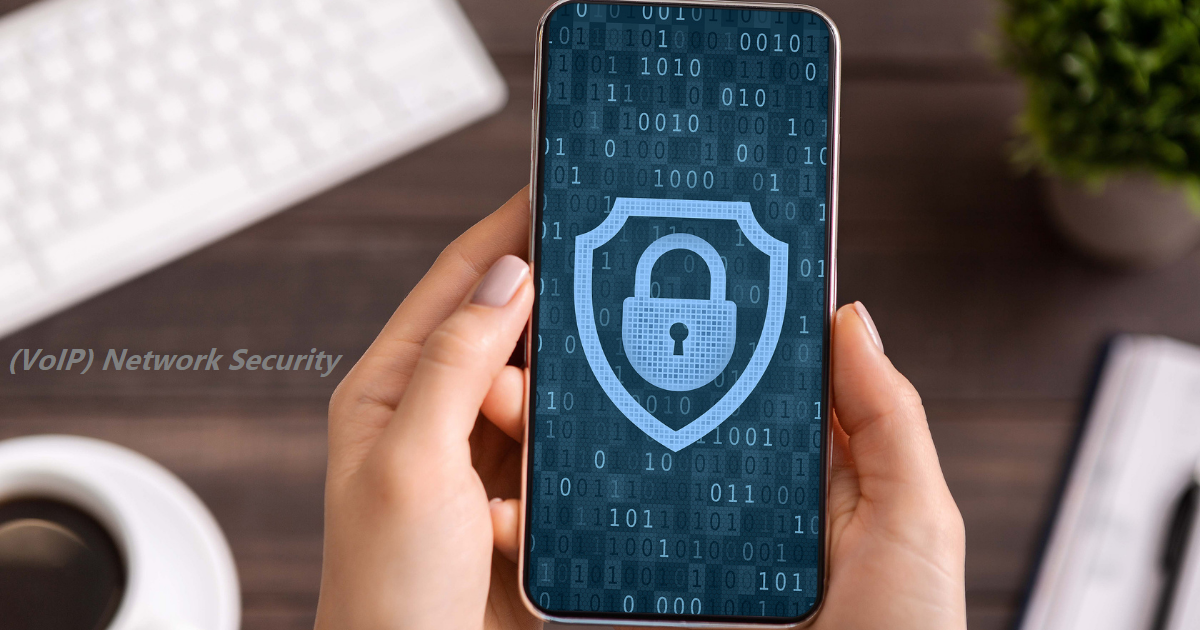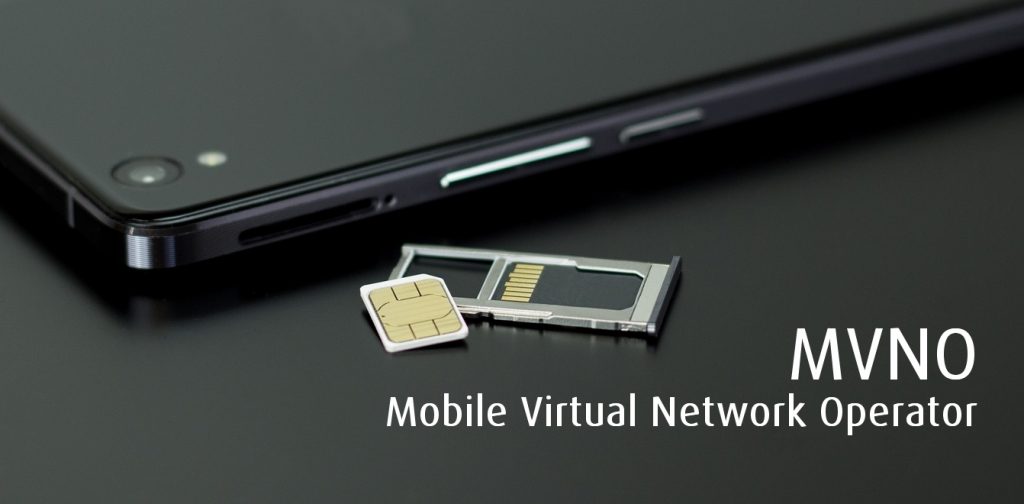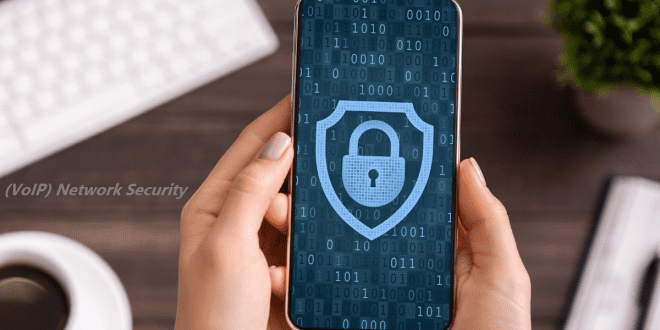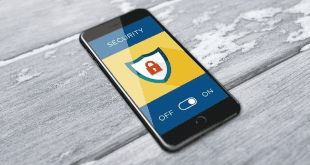(VoIP) Voice over Internet Protocol Network Security
Network security is a critical aspect of implementing Voice over Internet Protocol (VoIP) systems to protect against potential threats and ensure the confidentiality, integrity, and availability of voice communication. Let’s explore key considerations and best practices for VoIP network security.
Encryption
Implementing encryption for VoIP traffic is crucial to protect against eavesdropping and unauthorized access. Encryption protocols like Secure Real-time Transport Protocol (SRTP) can be used to encrypt voice packets, ensuring that they cannot be intercepted or deciphered by unauthorized parties. Encryption safeguards the privacy of conversations and prevents data leakage.
Secure Network Infrastructure
Secure the underlying network infrastructure supporting the VoIP system. This includes securing routers, switches, firewalls, and other network devices with strong passwords, disabling unnecessary services and ports, and regularly applying security patches and firmware updates. Implementing network segmentation and access controls can also help prevent unauthorized access to the VoIP network.
Strong Authentication
Implement robust authentication mechanisms for VoIP devices, such as IP phones, softphones, and VoIP servers. Strong passwords or, preferably, multifactor authentication should be used to ensure that only authorized users can access the VoIP system. Avoid using default or easily guessable credentials.

Intrusion Detection and Prevention
Deploy intrusion detection and prevention systems (IDS/IPS) to monitor the VoIP network for any suspicious activities or unauthorized access attempts. IDS/IPS systems can detect and block potential threats, including malicious SIP (Session Initiation Protocol) messages, denial-of-service (DoS) attacks, and call fraud attempts.
Firewalls and Session Border Controllers (SBC)
Implement firewalls and Session Border Controllers (SBC) to protect the VoIP network from unauthorized access and external threats. Firewalls help control incoming and outgoing network traffic, while SBCs act as gatekeepers, managing and securing VoIP sessions between different networks. They can also provide features like NAT traversal, DoS protection, and access control.
Security Monitoring and Logging
Implement logging and monitoring mechanisms to track and analyze VoIP network activities. Monitor call records, network traffic, and system logs to detect any abnormal behavior or security incidents. By analyzing logs, you can identify and respond to security threats promptly and take appropriate measures to mitigate them.

Regular Software Updates and Patching
Keep all VoIP software, including IP phones, softphones, VoIP servers, and applications, up to date with the latest security patches and updates. Regularly check for vendor updates and security advisories to address any known vulnerabilities and protect against potential exploits.
Employee Training and Awareness
Train employees on best practices for VoIP security, including the importance of strong passwords, recognizing phishing attacks, and being cautious about clicking on suspicious links or downloading files from untrusted sources. Regularly update employees on emerging security threats and provide guidelines for secure VoIP usage.
Secure Remote Access
If remote access to the VoIP system is required, ensure that it is done securely. Use virtual private networks (VPNs) to establish encrypted connections for remote VoIP access. VPNs add an extra layer of security by encrypting all traffic between remote devices and the VoIP network, protecting against potential eavesdropping and unauthorized access.
Regular Security Audits and Assessments
Conduct regular security audits and assessments of your VoIP network to identify vulnerabilities, assess the effectiveness of security controls, and ensure compliance with industry standards and regulations. Engage with third-party security experts to perform penetration testing and vulnerability assessments to uncover any potential weaknesses in your VoIP infrastructure.

By implementing these security measures, businesses can enhance the protection of their VoIP networks, safeguard sensitive voice communications, and mitigate the risk of security breaches and unauthorized access. VoIP network security should be an ongoing effort, with regular updates, monitoring, and employee awareness programs to address evolving security threats.
VoIP Relevant Articles:
- Cost Savings (Click to find out)
- Scalability and Flexibility (Click to find out)
- Advanced Features and Integration (Click to find out)
- Mobility and Remote Work (Click to find out)
- Improved Collaboration and Productivity (Click to find out)
- What’s VoIP and its Key Benefits (Click to find out)
- Bandwidth and Internet Connection (Click to find out)
- Quality of Service (QoS) (Click to find out)
- Network Security (Click to find out)
- Infrastructure Evaluation (Click to find out)
- Existing Phone System Assessment (Click to find out)
- Hardware and Equipment Compatibility (Click to find out)
- Power and Backup Solutions (Click to find out)
- Upgrading Your Business to VoIP Services (Click to find out)
- VoIP Systems (Click to find out)
By A W Moghul
 MVNO MVNE MNO Mobile & Telecoms industry intelligence Telecoms Jobs, News and Business
MVNO MVNE MNO Mobile & Telecoms industry intelligence Telecoms Jobs, News and Business






